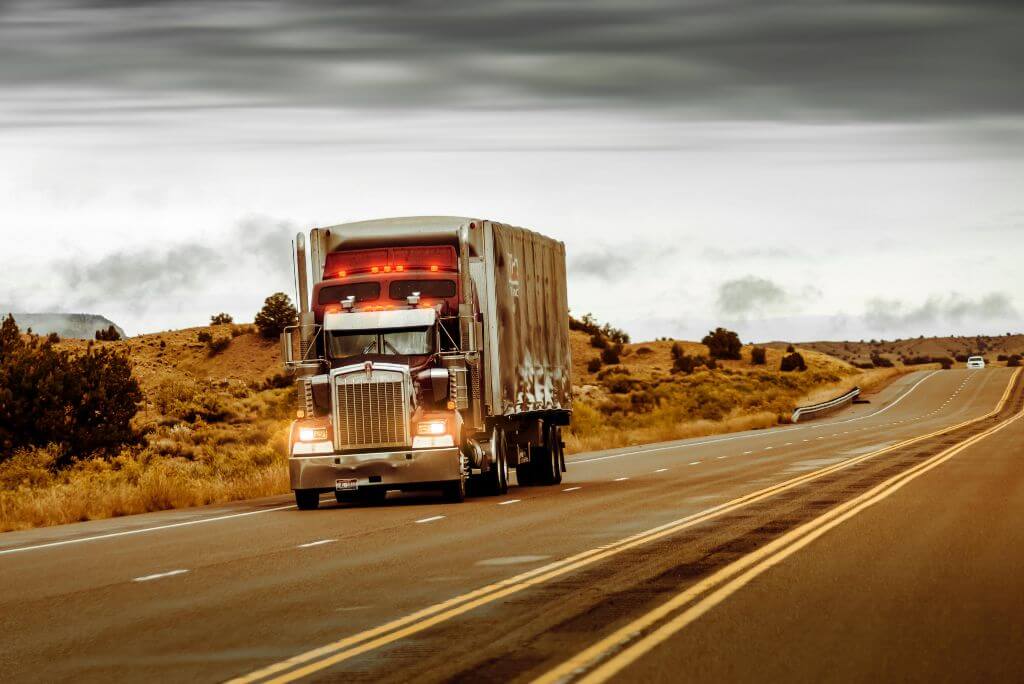Understanding what qualifies as a Commercial Motor Vehicle (CMV) is crucial for businesses and drivers in the transportation industry. The classification of a vehicle as a CMV affects which federal safety regulations apply, especially regarding driver qualification, drug and alcohol testing, and licensing.
Let’s break it down with updated insights and a visual guide to help you understand which vehicles fall under FMCSA jurisdiction and what responsibilities come with them.
Definition of a Commercial Motor Vehicle (CMV)
Under 49 CFR §390.5 of the Federal Motor Carrier Safety Regulations (FMCSRs), a CMV is defined as any self-propelled or towed vehicle used on highways in interstate commerce to transport passengers or property, and meets at least one of the following criteria:
- Has a GVWR, GCWR, GVW, or GCW of 10,001 pounds or more.
- Is designed or used to transport more than 8 passengers (including the driver) for compensation.
- Is designed or used to transport more than 15 passengers, including the driver, not for compensation.
- Is used to transport hazardous materials in quantities requiring placards.
In simple terms: If you’re operating a vehicle that meets any of the above thresholds, you’re driving a CMV and must comply with FMCSA regulations under 49 CFR §390.5.
Vehicle Classification by Weight & Compliance
To simplify, here’s how vehicles are regulated based on their weight and usage:
| Vehicle Description | Weight Range | FMCSA Regulation |
|---|---|---|
| Small van or pickup | Less than 10,001 lbs | Not subject to FMCSRs unless transporting placardable hazmat |
| Medium box truck | 10,001 to 26,000 lbs | Subject to FMCSRs except CDL and drug/alcohol testing, unless transporting placardable hazmat |
| Tractor-trailer | Over 26,001 lbs | Fully subject to FMCSRs including CDL and drug/alcohol testing |
You will normally find the GVWR/GCWR inside the door jamb of each vehicle.
Key Responsibilities When Operating a CMV
If your vehicle meets the CMV definition, here’s what you or your company may be responsible for:
- DOT Registration: You must obtain a USDOT number.
- Vehicle Inspections: Annual inspections and maintenance logs are required.
- Driver Qualifications:
- Maintain a driver qualification file
- Regular medical certification
- Hours of Service Compliance: Drivers must use ELDs and follow work-hour limits.
- Drug & Alcohol Testing: Applicable for CDL holders under Part 382 of FMCSRs.
- Proper Markings: Vehicle must display DOT number and company name.
Do You Need a CDL?
CDLs (Commercial Driver’s Licenses) are not required for all CMVs. They’re specifically required for:
| CDL Class | Applies To |
|---|---|
| Class A | Combination vehicles with a total weight of 26,001 lbs or more, towing over 10,000 lbs. |
| Class B | Single vehicles over 26,001 lbs, towing less than 10,000 lbs. |
| Class C | Vehicles transporting 16+ passengers or placardable quantities of hazardous materials. |
Are Trailers Considered CMVs?
Yes — trailers count toward the total combination weight. For instance:
- If a truck has a GVWR of 7,000 lbs and the trailer has a GVWR of 9,000 lbs, the combined 16,000 lbs makes the entire unit a CMV.
- If the combined GCWR exceeds 26,001 lbs, the driver must also have a CDL and is subject to 49 CFR Part 382 (Drug and Alcohol Testing).
Note: Any trailer that is part of a regulated combination must also be maintained and inspected accordingly.
Vehicles on Private Property — Do Rules Apply?
Surprisingly, yes, in many cases.
A CMV is considered to be operating on a “highway” if the road is:
- Open to public travel (even on private property)
- Lacks restricted gates or prohibitive signage
So, if your facility’s parking lot is publicly accessible, CMV rules still apply.
CMV vs. CDL vs. Drug Testing — Know the Difference
There are two CMV definitions under FMCSA:
| Rule Area | Applies to CMVs That |
|---|---|
| General FMCSRs | Weigh over 10,001 lbs, carry 9+ passengers for pay, 16+ passengers without pay, or haul hazmat. |
| CDL & Drug/Alcohol Testing | Involve combos over 26,001 lbs, or vehicles with trailers over 10,000 lbs, hazmat haulers, or 16+ passenger carriers. |
This means you could be subject to many safety rules without needing a CDL—unless weight or hazmat triggers it.
FMCSA Clearinghouse Impact
Since Clearinghouse 2.0 launched in November 2024, the consequences of drug and alcohol violations have become more serious:
- More than 184,000 drivers are currently prohibited from operating CMVs (as of May 2024)
- CDL holders who violate drug/alcohol policies get downgraded to standard driver’s licenses.
- This downgrade means they can’t legally operate any CMV, including those between 10,001 – 26,000 lbs.
Note: The FMCSA Clearinghouse is a critical compliance system that keeps track of drug and alcohol violations among CDL holders. Employers must register and query the Clearinghouse before hiring or annually thereafter.
Conclusion
Understanding what constitutes a CMV is more than a technicality—it determines your legal obligations, employee requirements, and safety practices.
- Know your vehicle’s GVWR/GCWR
- Evaluate if you need a CDL
- Register with the FMCSA if required
- Stay compliant with drug/alcohol testing
- Maintain vehicle and driver qualification records
Need help staying compliant with DOT and FMCSA regulations? Contact InOut Labs—we offer complete compliance support, drug testing programs, and training services for DOT-regulated businesses.

